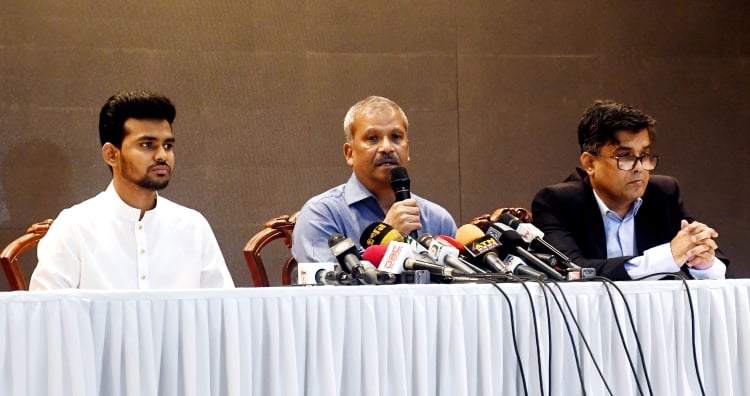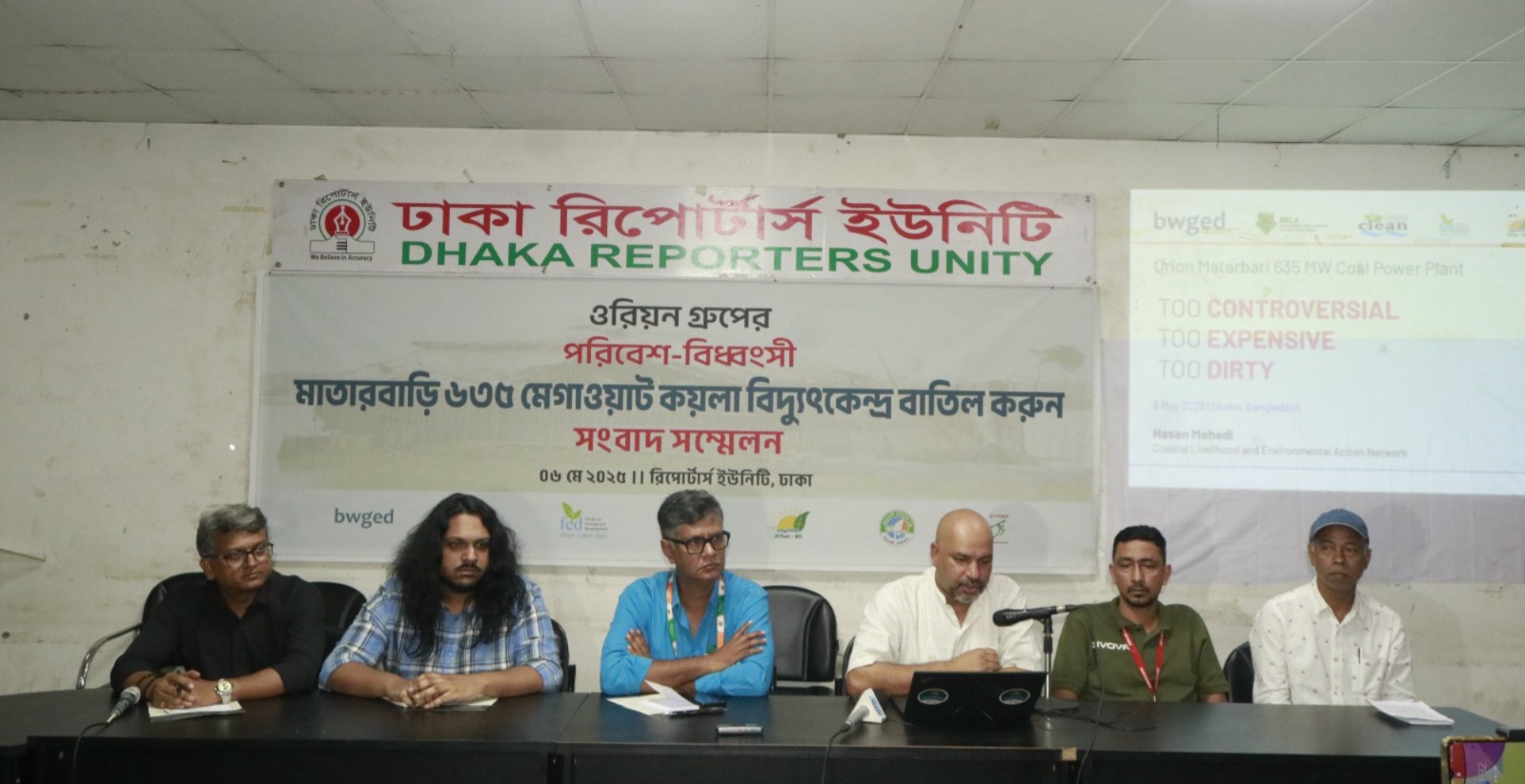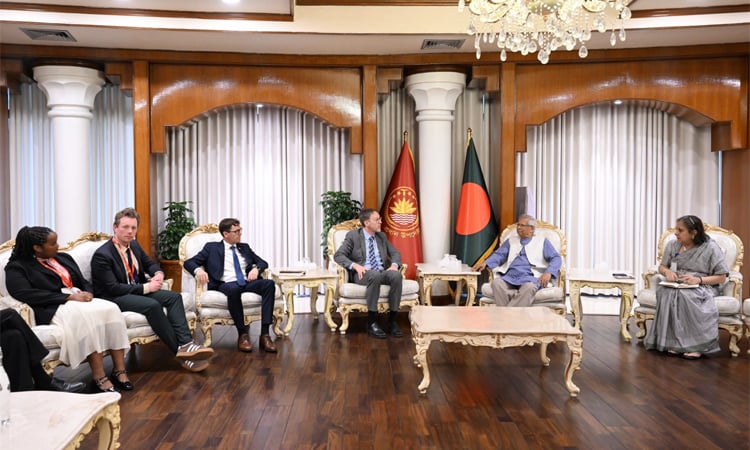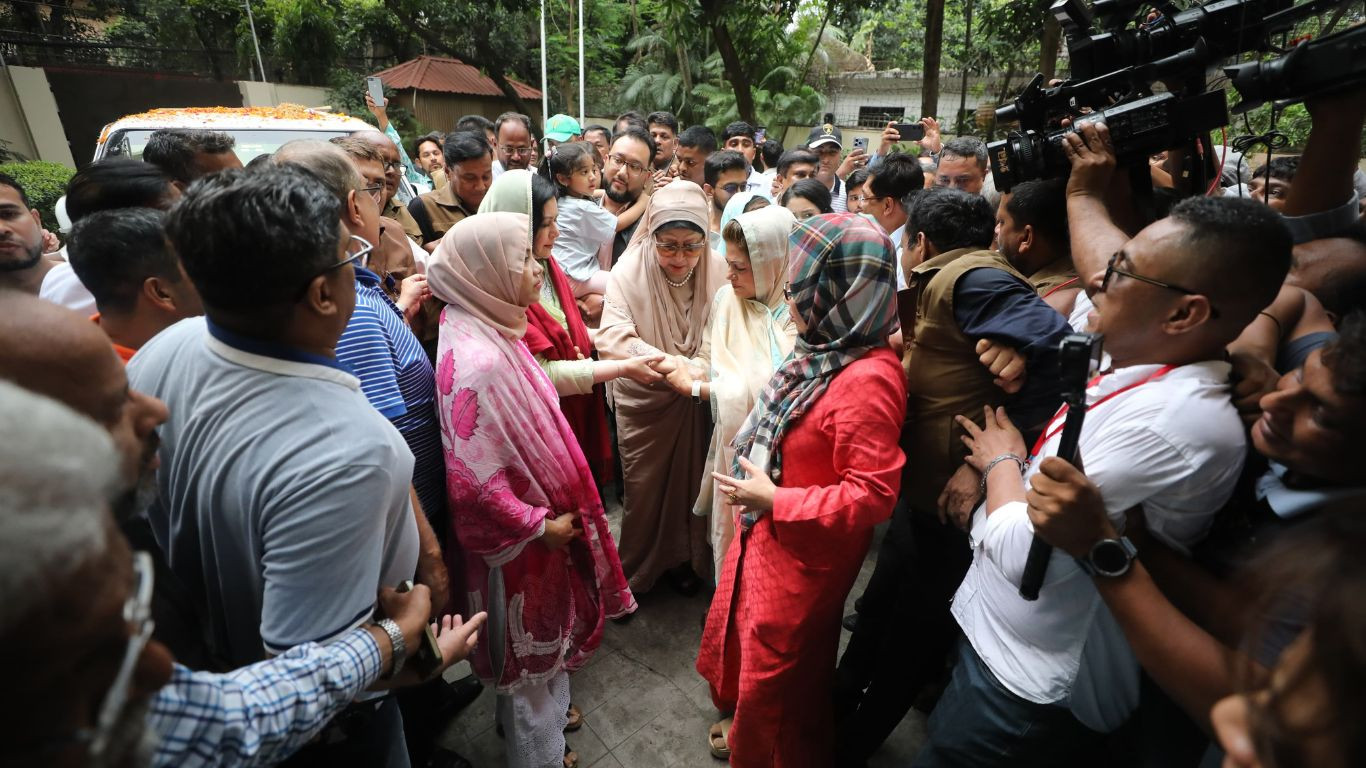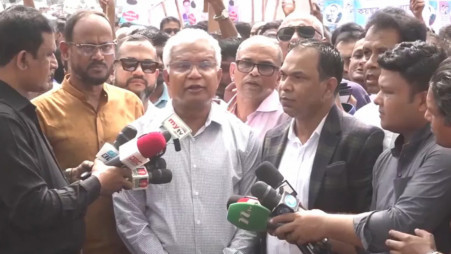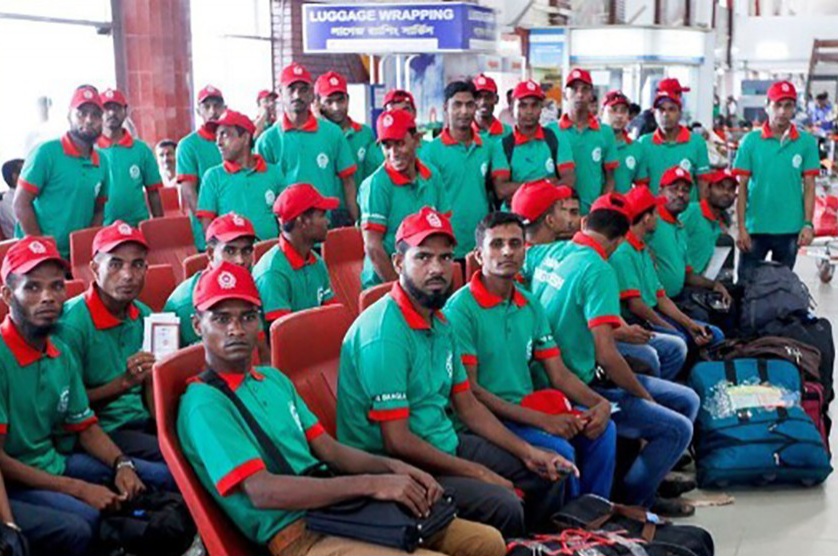
A recent report by the Human Rights Support Society (HRSS) reveals that at least 119 people have been killed and 74 injured in 114 mob lynching incidents over the last seven months since the interim government assumed office.
The HRSS statement, signed by Executive Director Ijazul Islam, attributes the rise in mob violence to suspicions of theft, robbery, mugging, child kidnapping, and offenses against religious sentiments. While cases are registered, the report notes that investigations are often insufficient, and perpetrators remain unpunished, which contributes to the increasing frequency of such incidents.
In just January and February of this year, 30 mob lynching incidents were reported, resulting in 19 deaths and 20 injuries. Islam emphasized that while mob violence has been an ongoing issue in Bangladesh, it has intensified since the political changes in August of last year, with more groups involved in these attacks.
The HRSS also highlighted that 2024 saw the highest number of mob killings in a decade, with 201 incidents resulting in 179 deaths and 88 injuries. Previous spikes in mob violence occurred in 2015 and 2016, which saw 232 deaths.
Recent incidents include the deaths of two individuals in Chattogram on March 3, triggered by a “false” loudspeaker announcement at a mosque about robbers in the area, and a mob attack on a house in Gulshan, Dhaka, on Tuesday under the guise of a “search operation.” Other incidents were reported in Shariatpur, Uttara, and several districts such as Bogura, Madaripur, and Khulna.
Ijazul Islam identified six key factors driving the rise in mob violence: political grievances, ineffective law enforcement, rising crime, lack of legal accountability, vested interests fueling unrest, and low public awareness of the dangers and legal consequences of mob justice.



